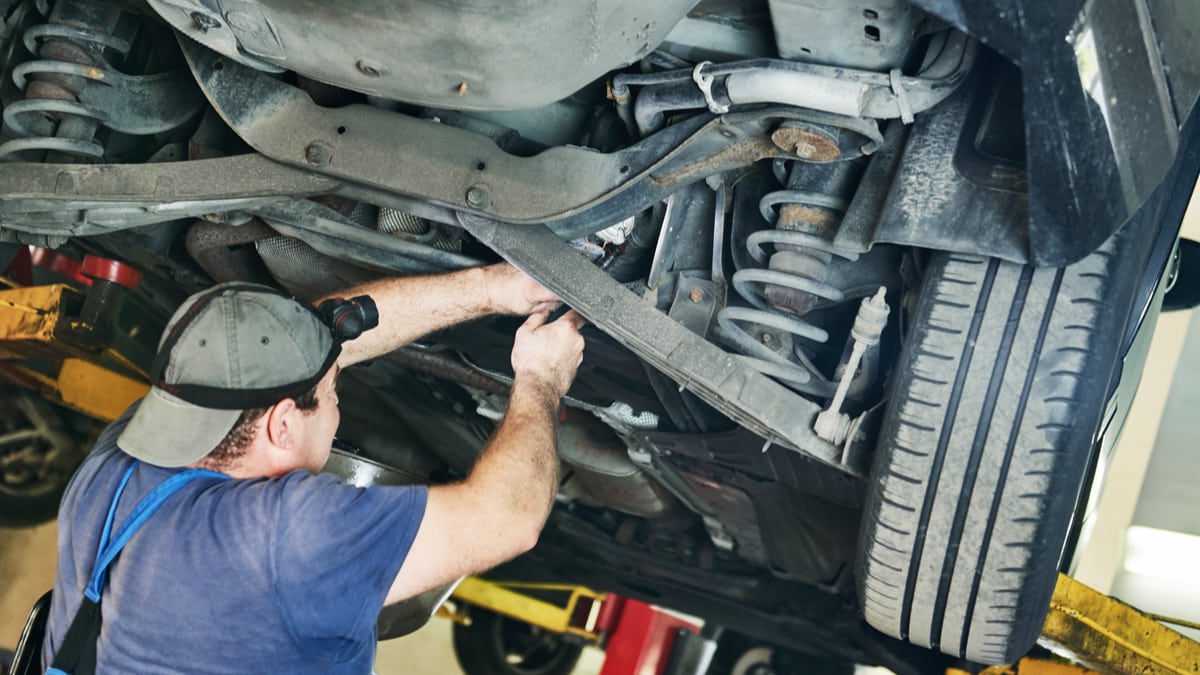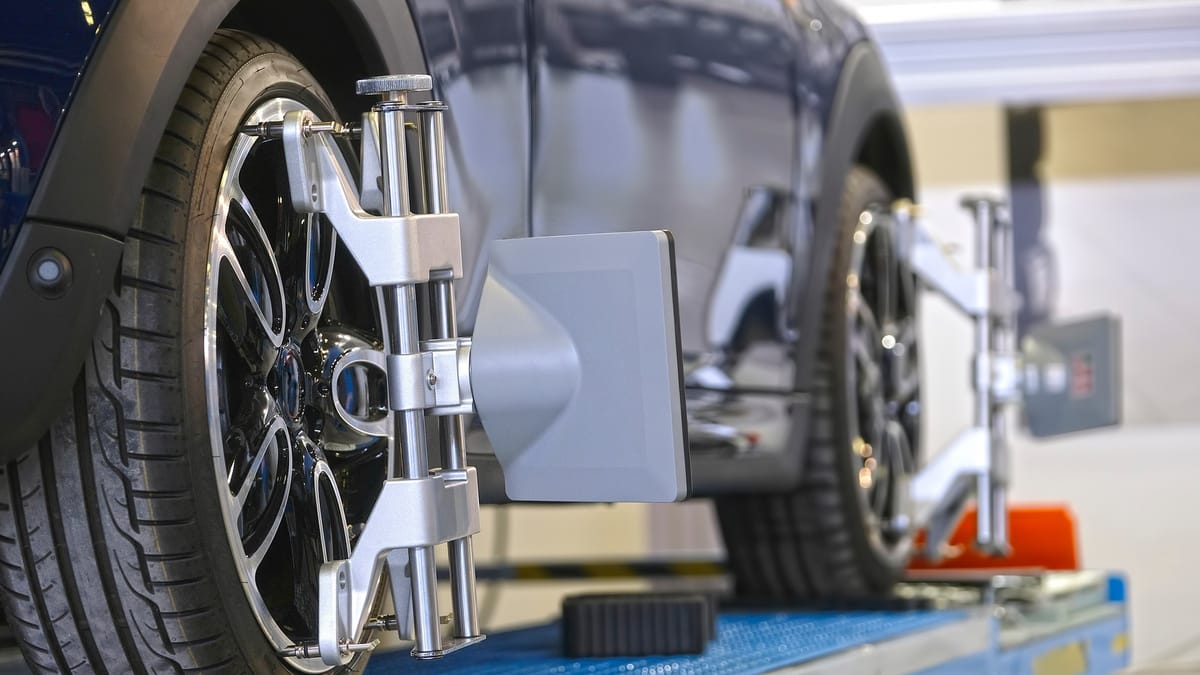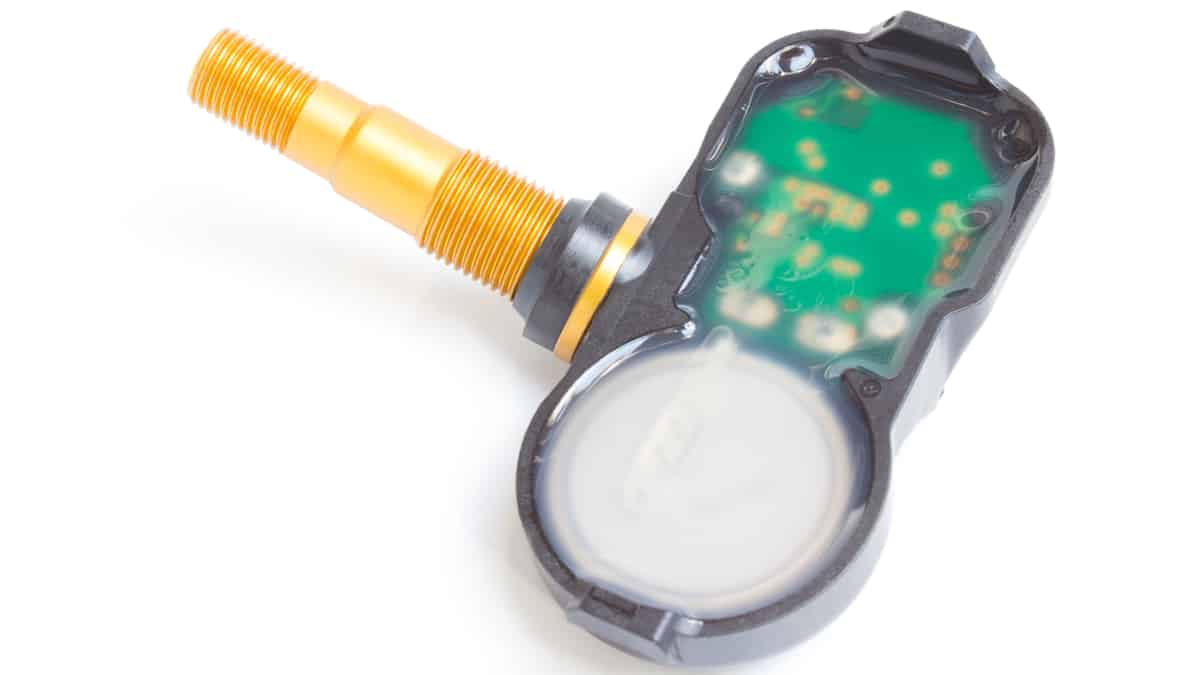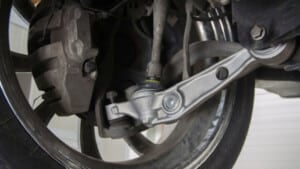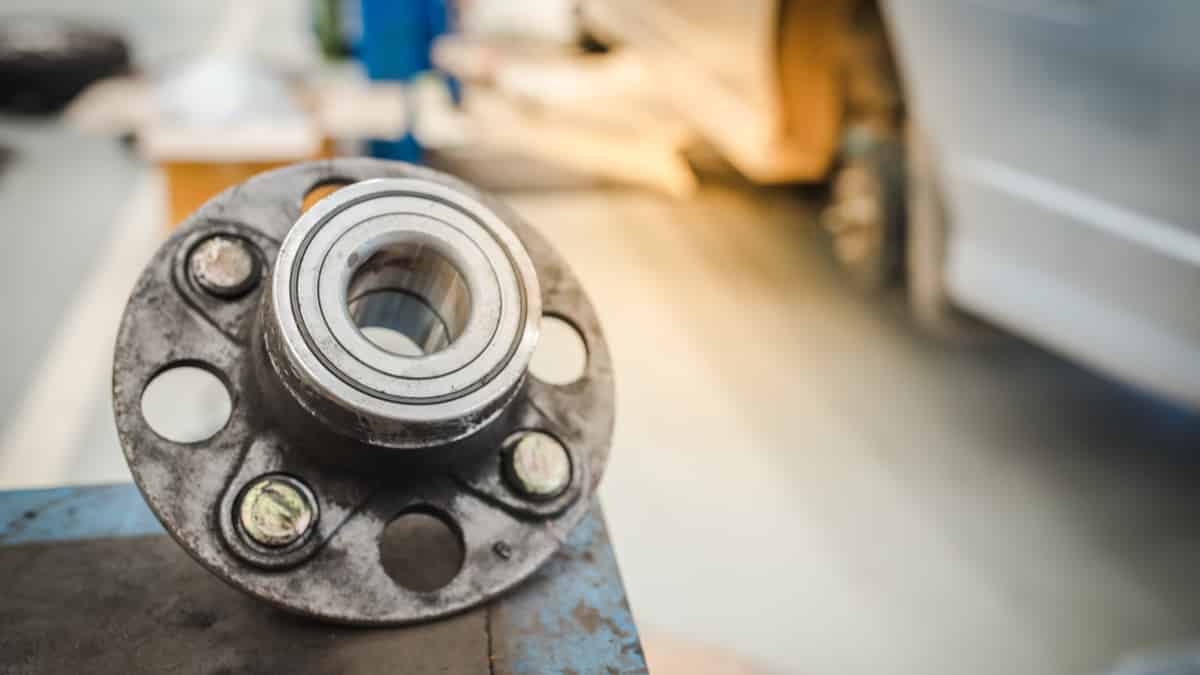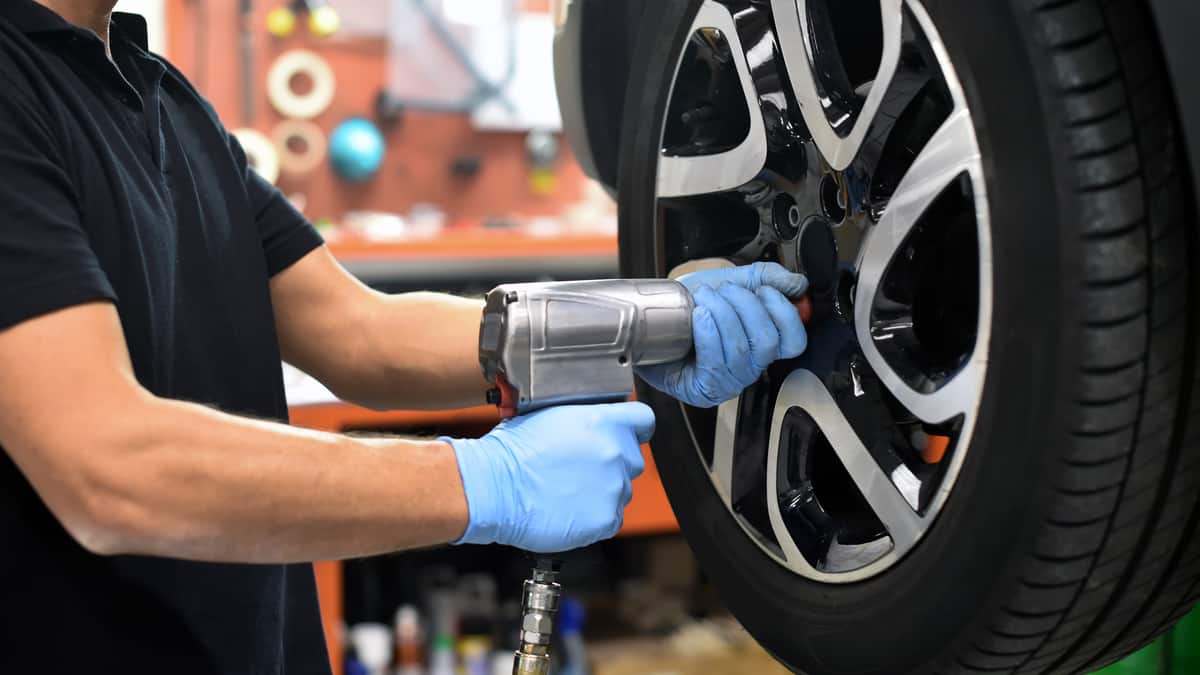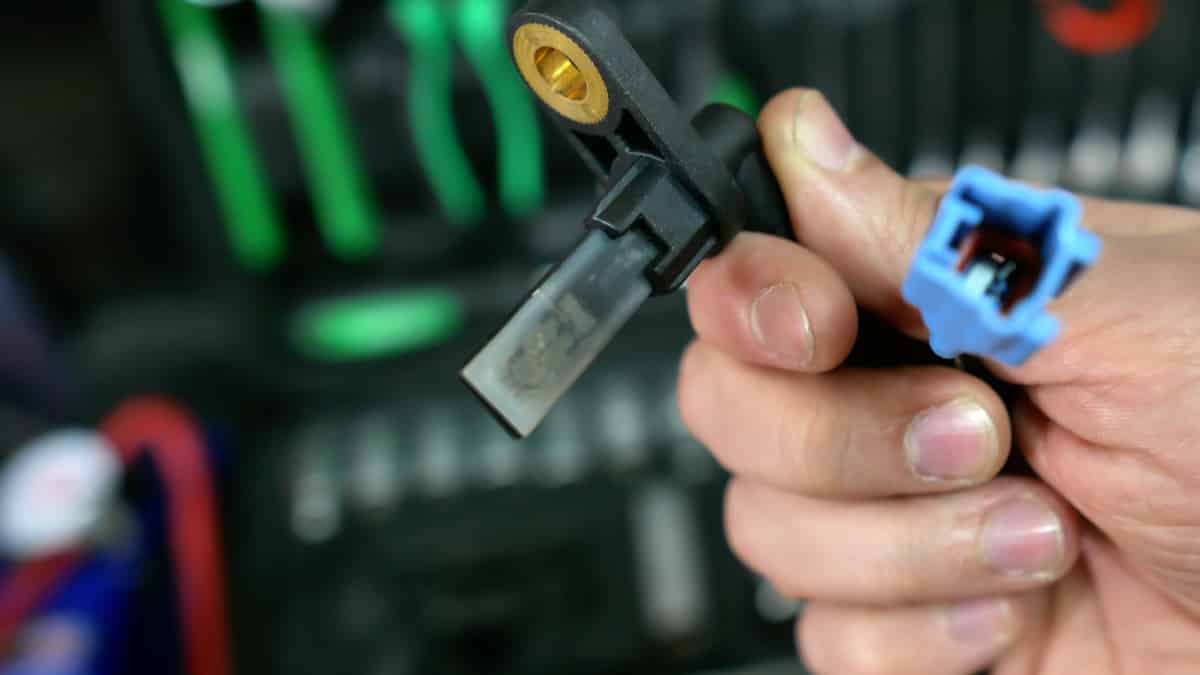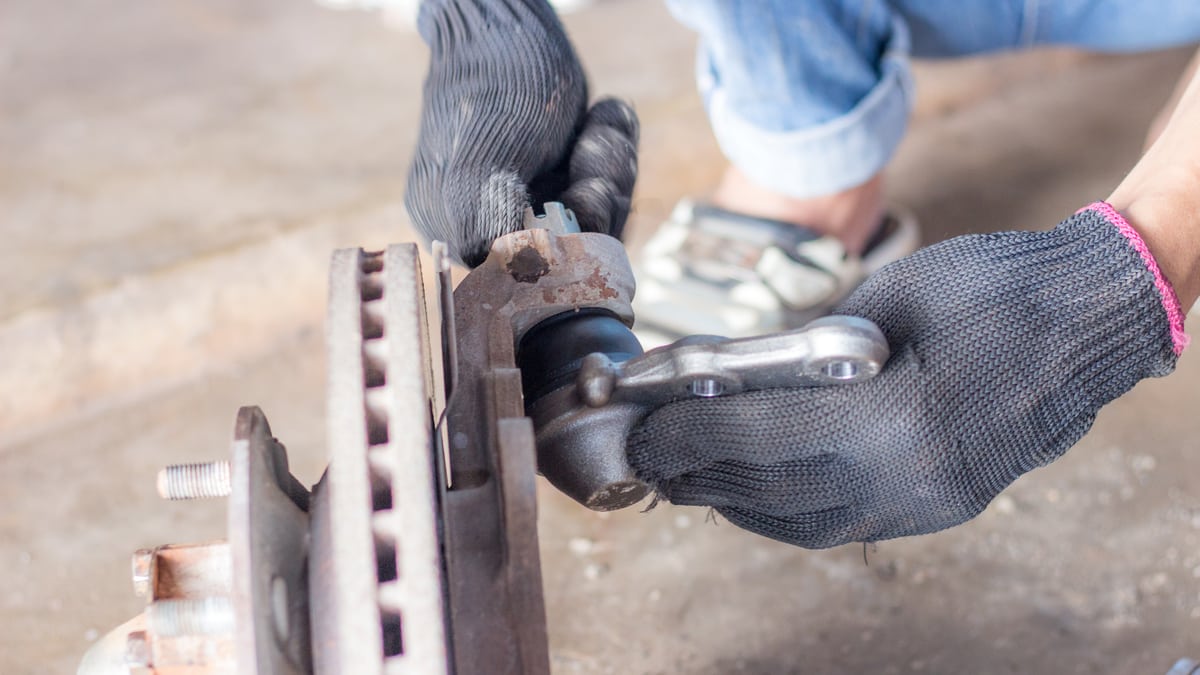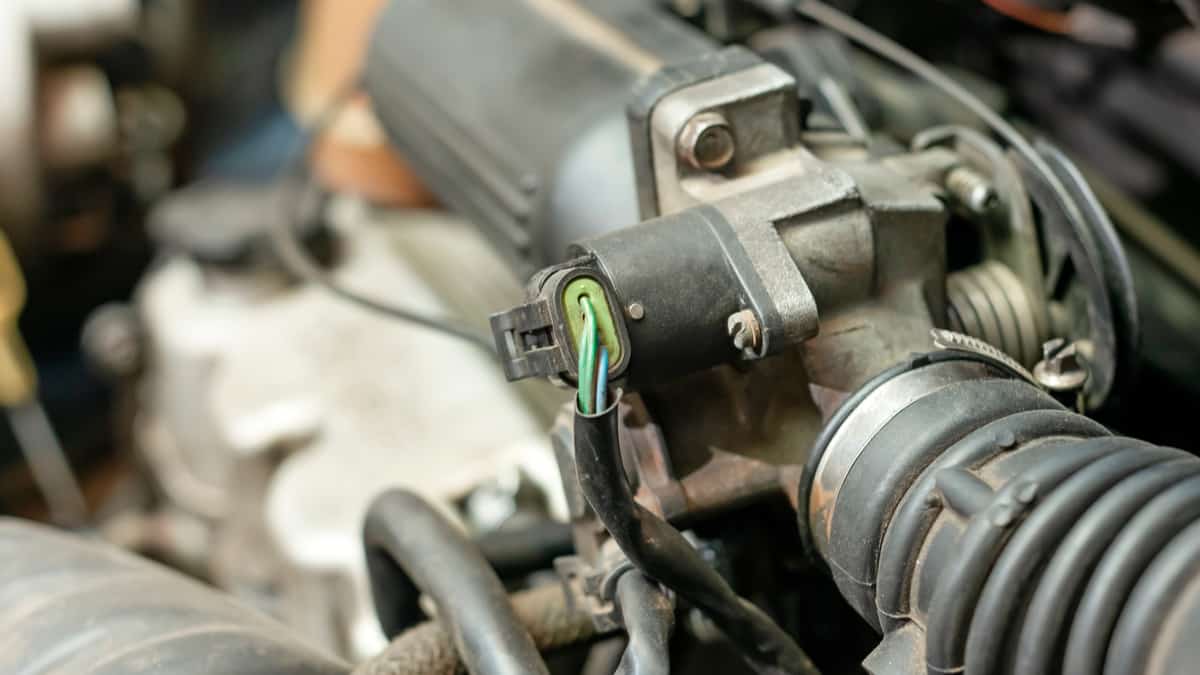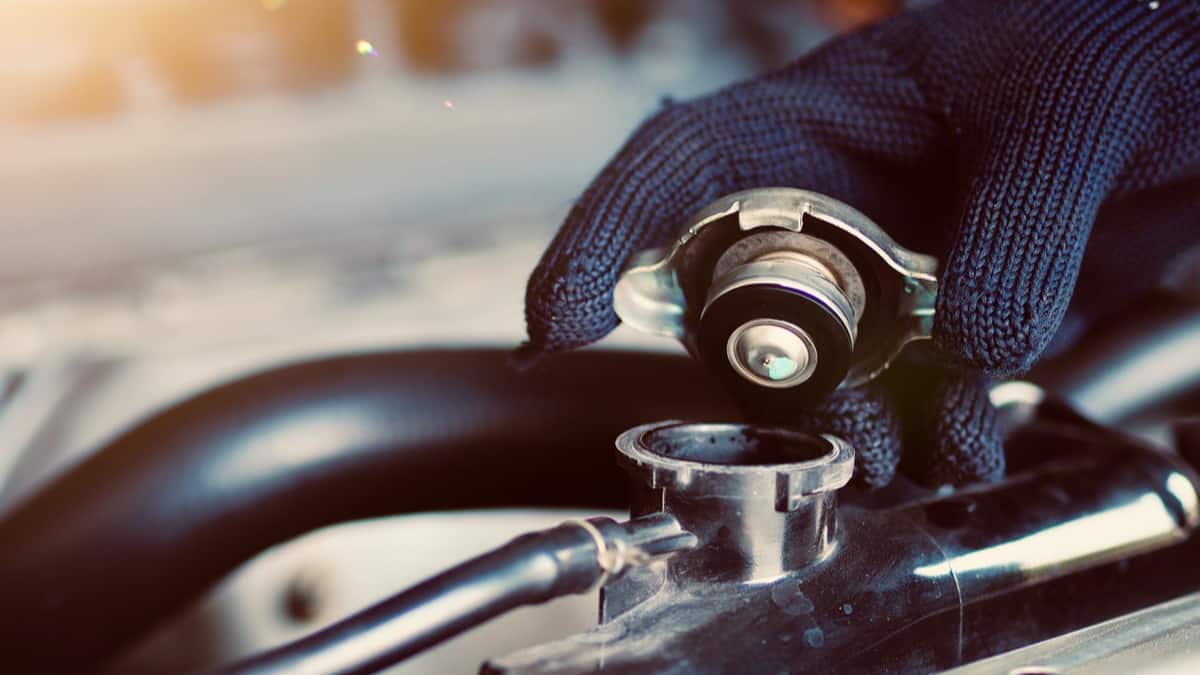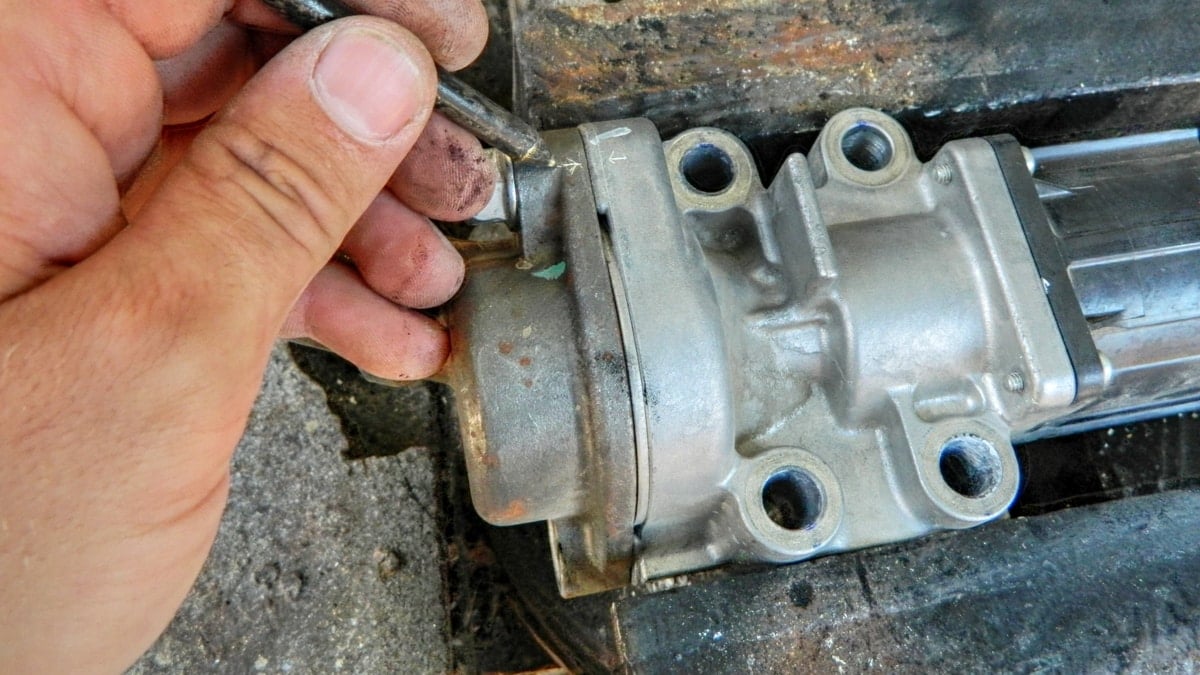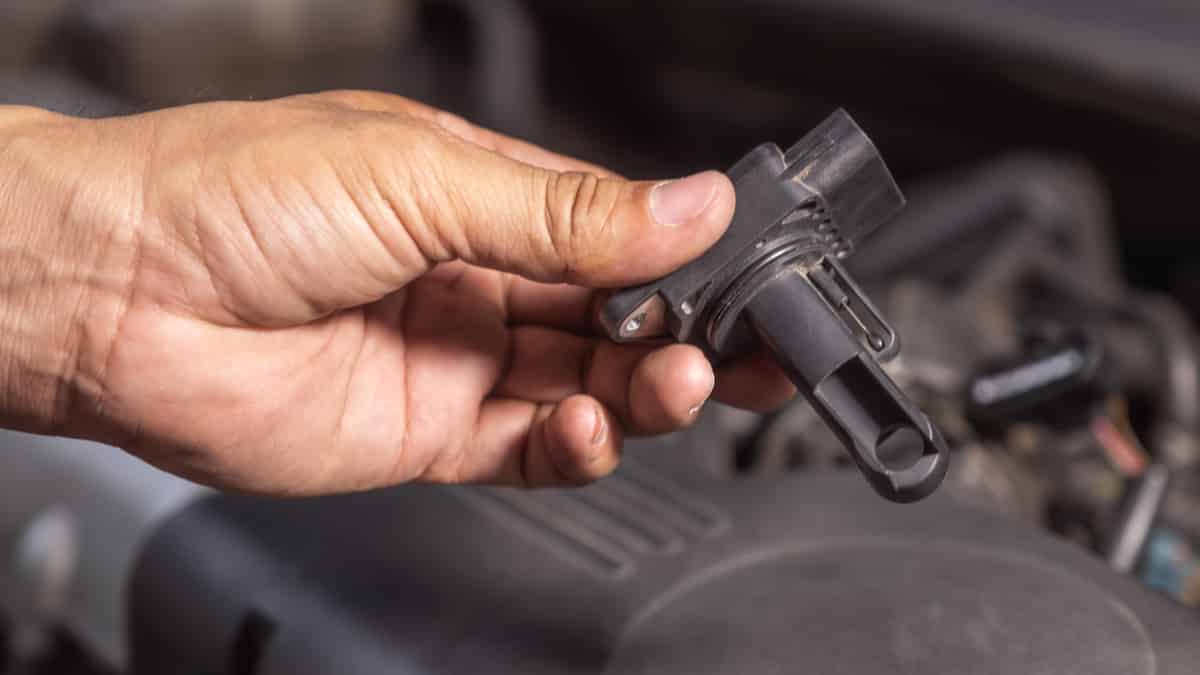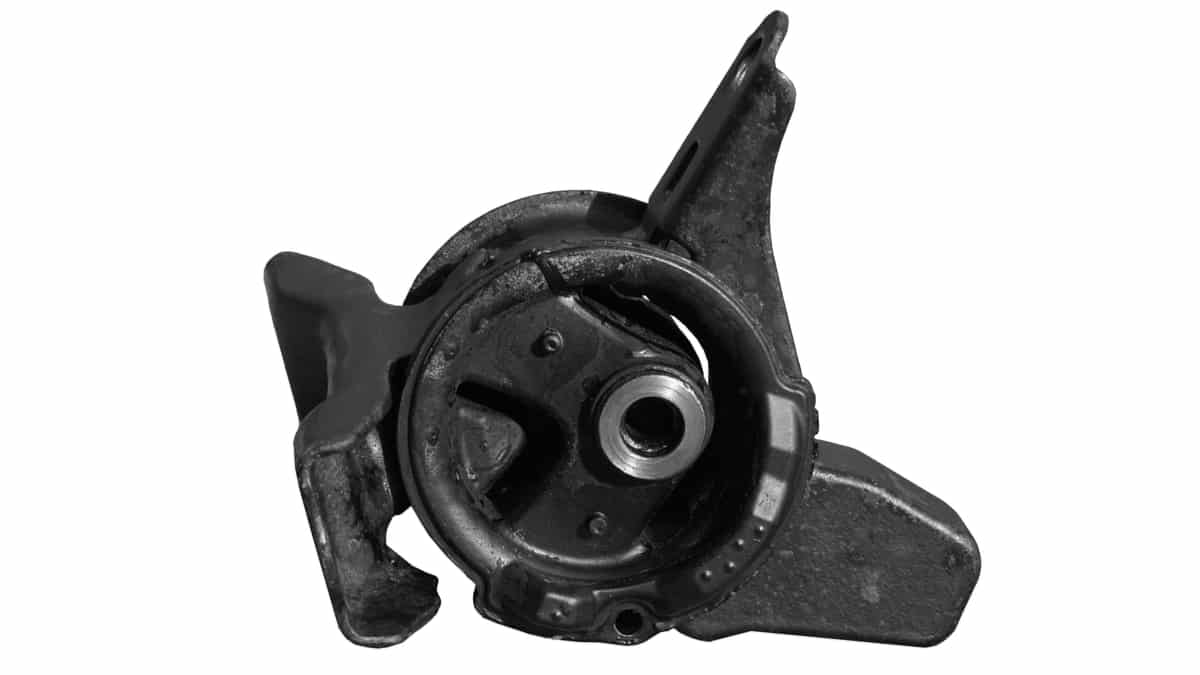The car suspension is needed to provide a smooth ride. It’s made up of several components, all of which could need repair or replacement at some point. How much does car suspension repair cost?
In this guide, I cover the most common car suspension repairs and the associated costs. I also examine some symptoms that the suspension needs work on.
How Much Does A Suspension Repair Cost?
Depending on what part or parts need to be repaired or replaced, it could cost anywhere from $250 to $5,000+ to repair the suspension. If you have the equipment and expertise to perform the repair on your own, you can cut out all of the labor costs, thereby saving you a lot of money.
Most Common Suspension Repairs + Cost
1. Wheel Alignment
The most common need for the suspension is to get a wheel alignment. It’s typically performed every 6,000 miles or whenever the vehicle starts pulling to one side. It might also be required because the tires are wearing unevenly.
The good news is that the wheel alignment doesn’t cost a lot. On average, you may spend $45 to $100 when you get a 2-wheel alignment.
READ MORE: Average Wheel Alignment Cost (Front, Rear & 4-Wheel)
2. Shock Absorbers/Struts Replacement
Every 50,000 to 60,000 miles, the shocks and struts should be checked for wear. When these parts start to fail, the ride quality of the car decreases, and control over the vehicle can be lost.
Depending on the type of car you drive and how expensive the parts are, you could be looking at anywhere from $500 to $1,500 to have all four replaced. Most people are not equipped to change these parts on their own.
READ MORE: Average Shock Replacement Cost (Front & Rear) – By Model
3. Spring Replacement
When the springs go bad, there is more bounce to the vehicle, and stability decreases. Again, replacing the springs can be a tedious task that requires some specialized equipment to ensure safety.
For this reason, you may spend $225 to $500 per spring that needs to be replaced. While you may not need to replace all four coil springs at once, they should at least be replaced in pairs.
RELATED: 5 Symptoms of a Broken Coil Spring (& Replacement Cost)
4. Ball Joint Replacement
The ball joints are responsible for connecting the car’s wheel and tire to the rest of the suspension. Some vehicles contain only front ball joints, but there are some that have them in the rear as well.
Replacing one ball joint might only cost you $150 to $300. If you needed to have all four replaced, you could spend $600 to $1,200.
5. Control Arm Replacement
The control arms hinges holding the wheels to the car frame. On a front-wheel-drive car, the lower control arm bushings are most prone to needing repair.
When the control arms are bad or bent, you will hear strange rattles and clunking. This repair could cost $500 to $750, on average.
READ MORE: 5 Signs of a Bad Control Arm Bushing (& Replacement Cost)
6. Complete Overhaul
While the majority of repairs are related to one or two parts at a time, there will come moments when the entire suspension needs to be replaced. If you’ve been in a serious accident and the structural integrity has been compromised, or you want to upgrade the suspension, these overhauls become a reality.
Obviously, by replacing all of the vital parts, you are going to spend multiple times the above prices. For this reason, a complete overhaul could easily run you $3,500 or more, especially if you are using performance parts.
Will Car Insurance Pay for Suspension Repair
Because the cost of suspension repair and replacement can be expensive, you might be looking at alternative ways to pay for bill. It only makes sense to consider whether your insurance company will take the brunt of what you face. Sadly, there aren’t many instances where car insurance will pay these bills.
The majority of suspension issues are caused by normal wear and tear. Even if the problems are due to neglect, these concerns aren’t paid for by the insurance providers. Policies that include both collision and comprehensive coverage still won’t pay for these problems.
On the other hand, if the suspension was damaged because of an accident, there’s a good chance you can file a claim through your provider. On top of that, if vandalism or theft is an issue, these problems would also be covered through your comprehensive plan. The only thing that you will be responsible for is the deductible. On top of that, your premiums might go up as a result of the claim, but at least you can pay this over time instead of all at once.
Signs of Suspension Problems
1. Ride Becomes Rough
As you continue driving your vehicle, you get to know how it normally feels. You become one with the steering and handling.
So, when the ride suddenly becomes rough – even on smooth roads – you know something is wrong. As the suspension fails, you will start to feel every bump and pothole.
2. More Bounce
The suspension is meant to dampen bumps and keep the vehicle from bouncing. Even if you are on a rough road, it shouldn’t be felt much through the cabin.
As the suspension parts wear and become old, it becomes less effective at smoothing the shock from these road imperfections. The car is going to bounce more and longer with each bump it encounters.
3. Harder to Control
With that added bounce and vibration occurring through the steering wheel, you might find it harder to control the car. These issues could be more pronounced when going through turns.
The lack of stability can be scary at first. However, it should only cause you to want to get the suspension repaired.
4. Strange Sounds
As the suspension fails, it’s going to start making a lot of unusual sounds. At first, you might only hear some squeaking, especially when you go over a bump.
As the conditions get worse, the sounds might change. It could even become a clunking or grinding noise, depending on what parts are failing.
5. Uneven Tire Wear
A good way to see how the suspension is running is to look at the tire treads. When everything is running well, the tread should remain evenly worn.
When the tire tread starts to wear unevenly, it indicates that something is wrong with the suspension. To avoid replacing tires prematurely, you should fix the problem and have the tires rotated right away.
Can I Drive with a Broken Suspension?
You don’t want to ever drive your car with a broken suspension part. For starters, the ride isn’t going to be comfortable, and you aren’t going to enjoy it. Beyond that, there are also safety issues that you must consider.
As the suspension gets worse, you could lose control of your vehicle. It can become impossible to turn or brake, putting you in the way of danger. Not only that, but you are risking other people’s lives on the road, and they don’t have a choice in the matter.
Yes, it can be expensive to repair some suspension parts. However, what is the cost of a lost life or totaled car? There’s no comparison.
Categories: Estimator, Suspension
